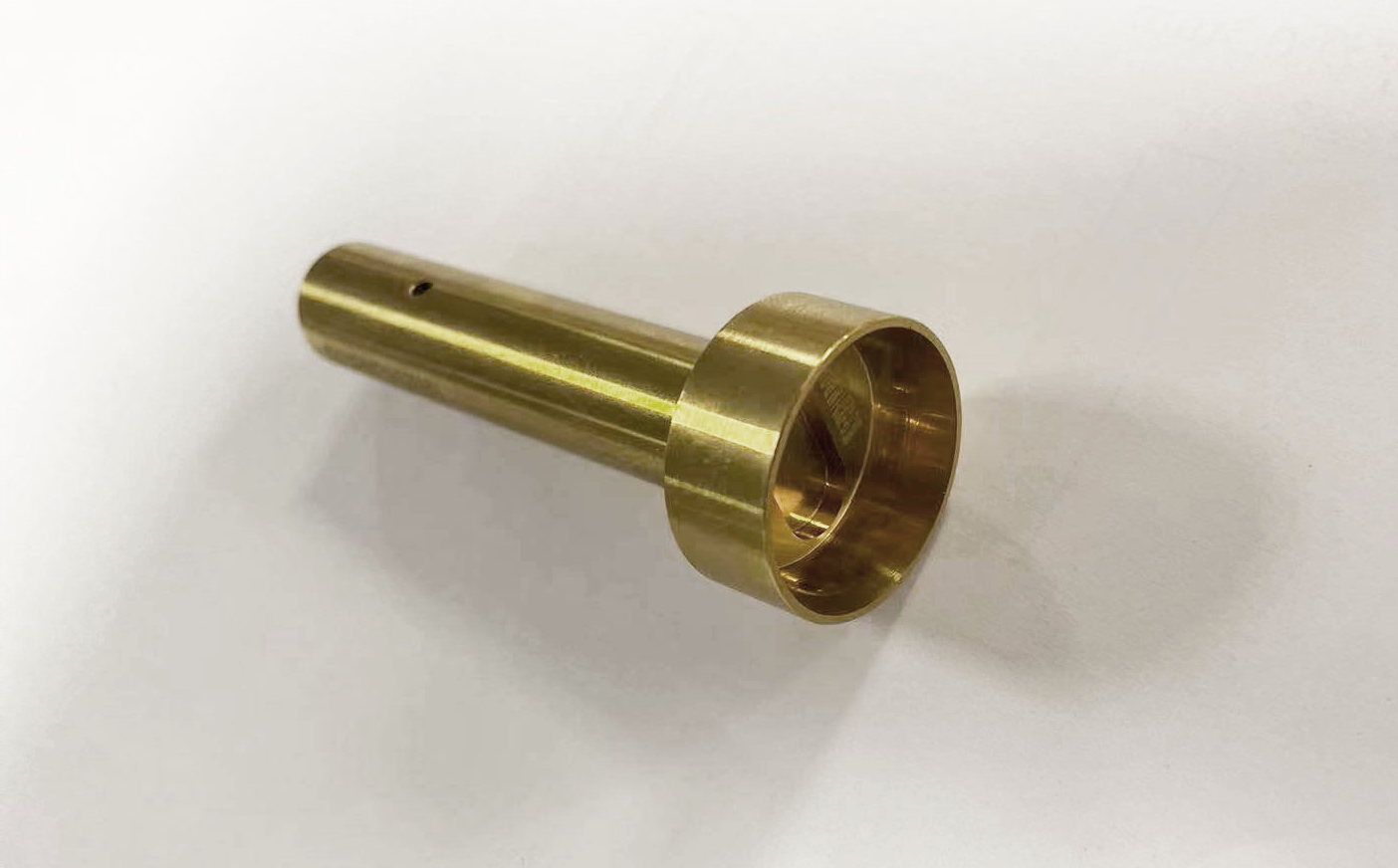Introduction to Non-Ferrous Metals
Non-ferrous metals, distinguished by their lack of iron content, are highly valued for their versatility and distinct properties such as resistance to corrosion, high conductivity, and lightweight. These characteristics make them indispensable across a wide array of industries including aerospace, automotive, electronics, and construction. For example, aluminum’s combination of low density and high strength provides the ideal material for aircraft manufacturing. The importance of non-ferrous metals lies not only in their unique attributes but also in their role in fostering innovation, leading to advancements such as more efficient electric vehicles and resilient building structures.
Characteristics of Non-Ferrous Metals
Non-ferrous metals are defined by their distinct properties such as high corrosion resistance, which makes them ideal for applications where longevity and minimal maintenance are desired. Unlike ferrous metals that contain iron and are prone to rust when exposed to moisture, non-ferrous metals like aluminum, copper, and zinc resist oxidation, allowing them to perform well in harsh environments. These materials are often malleable and easy to fabricate into various shapes, contributing to their widespread use in industries ranging from aerospace to electronics. Weight is another significant factor; non-ferrous metals typically have lower densities compared to their ferrous counterparts, providing an advantage in sectors where weight reduction is crucial. The electrical conductivity seen in certain non-ferrous metals, such as copper, also surpasses that of ferrous metals, making them indispensable in electrical circuitry.
Applications of Non-Ferrous Metals in Various Industries
Non-ferrous metals play crucial roles across different industries due to their distinctive properties. In electronics, copper is the cornerstone for electrical wiring because of its outstanding conductivity and flexibility, facilitating efficient power distribution within devices and infrastructures. The aerospace industry heavily relies on aluminum for constructing aircraft bodies; its lightweight yet strong nature ensures fuel efficiency and structural integrity at high altitudes. Moreover, zinc’s ability to prevent rust by galvanizing steel renders it indispensable in construction, safeguarding the longevity of buildings and bridges against corrosive elements. Each metal, from copper’s electrical applications to aluminum and zinc in structural support, exemplifies the tailored use of non-ferrous metals to meet specific technical demands.
Innovations in Non-Ferrous Metal Usage
Recent advancements in the recycling of non-ferrous metals have made significant contributions to sustainability and resource conservation. Innovated processes now allow for more efficient recovery of materials such as aluminum, copper, and rare earth elements, often with enhanced purity levels that rival those of their freshly mined counterparts. Moreover, the development of non-ferrous superalloys has accelerated change within high-tech fields; these alloys are engineered for exceptional performance under extreme conditions, proving indispensable in sectors like aerospace, where they are utilized for components that must withstand high temperatures and corrosion. In parallel, emerging technologies increasingly benefit from research on non-ferrous metals, enabling breakthroughs in electronics and renewable energy, wherein metals like gallium play a crucial role in solar panels and semiconductor devices.
Environmental Impact of Non-Ferrous Metals
The employment of recyclable non-ferrous metals presents significant environmental benefits, chiefly their potential for re-use which reduces the demand for virgin material extraction. For instance, recycling aluminum saves approximately 95% of the energy required to produce the same amount from bauxite ore. Yet, challenges loom in the sector due to the mining and production processes of these metals. Mining operations can lead to habitat destruction, soil erosion, and water contamination, all of which contribute to biodiversity loss. The production phase is equally daunting, often involving substantial energy consumption and greenhouse gas emissions. Therefore, while the advantages of using recycled non-ferrous metals are clear, the industry continues to grapple with the ecological consequences intrinsic to their initial acquisition and refinement.
Future Trends in Non-Ferrous Metals
In the realm of non-ferrous metals, demand is expected to surge across various sectors, driven mainly by technological advancements and green energy initiatives. The automotive industry, for example, anticipates an increased appetite for lightweight aluminium alloys that contribute to fuel efficiency and reduced emissions. Similarly, aerospace innovation favors titanium for its high strength-to-weight ratio. In terms of new applications, research points toward potential uses of non-ferrous metals in advanced electronics, biocompatible materials for medical implants, and superconducting compounds. Alloy improvements are a focal area of study, aiming to enhance properties such as corrosion resistance, electrical conductivity, and thermal tolerance — seeking to expand the versatility and performance of these metamorphic substances.
Related Posts
- The Pros and Cons of Using Copper Alloys in CNC Machining Projects
Introduction to Copper Alloys and CNC Machining In the realm of materials suitable for manufacturing operations, copper alloys have emerged as a viable contender. Noted for their excellent thermal conductivity,…
- What’s Non-Ferrous Metal? In-Depth Overview
Introduction to Non-Ferrous Metals Non-ferrous metals are a broad category of metallic elements and alloys that do not contain iron in appreciable amounts. The absence of iron signifies that they…
- The Art of Bead Blasting in CNC Machining(non ferrous metals Nelly)
In the realm of precision engineering and manufacturing, bead blasting is a surface treatment processed widely used to enhance the aesthetics of a component, strengthen its structure, or alter its…








